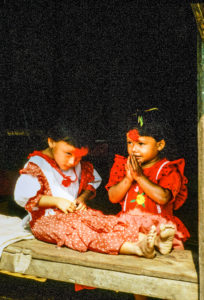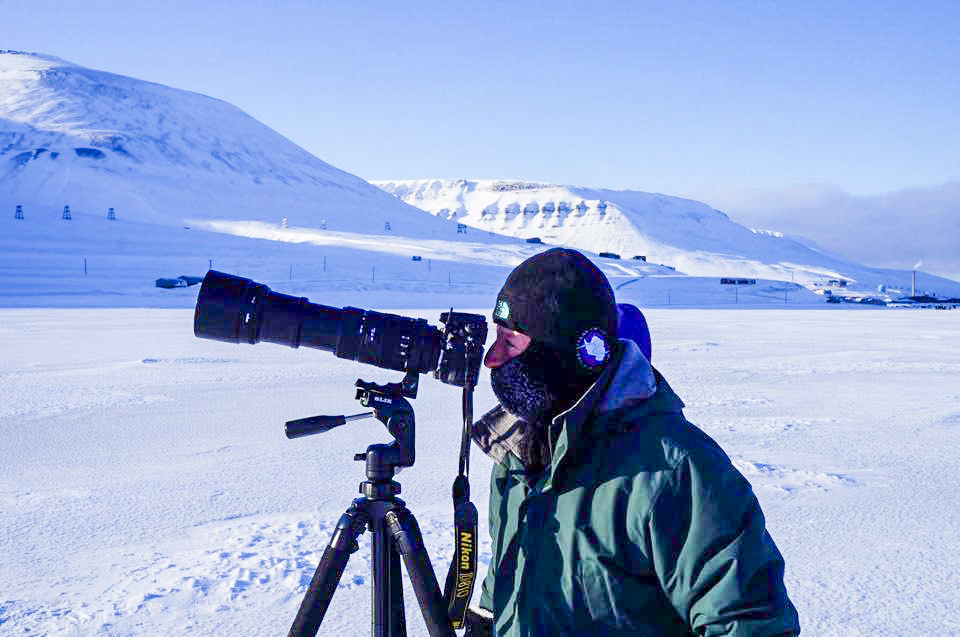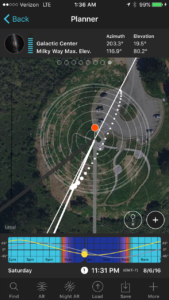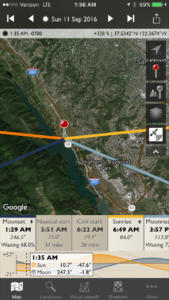Some places are magnets that draw us back again and again. I’ve made at least a dozen visits to New Orleans and each time, I find something new. It’s an iconic US city that also defies easy categorization. Home to unique and cutting-edge forms of music, cuisine, and culture, it is also steeped in a grand historic past that evokes France, Spain, Africa, and the Deep South of the US. Quite simply, there is no other place like New Orleans, and nowhere else do travel photographers find more charismatic subjects. Here are a few of my favorite images from a recent visit to NOLA, along with a few words about what they depict and how they were made.
 Aside from Paris, I can’t think of any other city that has influenced the cocktail more than New Orleans. Here I captured my older daughter enjoying a classic NOLA libation during dinner on our first night in the Big Easy. I used only natural light and selected a large aperture to soften the background. Laissez les bons temps rouler! Buy this photo
Aside from Paris, I can’t think of any other city that has influenced the cocktail more than New Orleans. Here I captured my older daughter enjoying a classic NOLA libation during dinner on our first night in the Big Easy. I used only natural light and selected a large aperture to soften the background. Laissez les bons temps rouler! Buy this photo
 It’s boozy, vomit-filled, sophomoric, touristy, overpriced, and downright awful, but Bourbon Street is a part of the landscape and is worth a quick walk-by. At night, its neon assault can almost seem romantic. This shot was handheld using a high ISO setting and a small aperture for greater depth of field. Buy this photo
It’s boozy, vomit-filled, sophomoric, touristy, overpriced, and downright awful, but Bourbon Street is a part of the landscape and is worth a quick walk-by. At night, its neon assault can almost seem romantic. This shot was handheld using a high ISO setting and a small aperture for greater depth of field. Buy this photo
 The lovely Spanish colonial architecture of the French Quarter cries out to be photographed. I made this shot of a wrought iron balcony using a telephoto lens and enhanced the color vibrancy during post-processing. Buy this photo
The lovely Spanish colonial architecture of the French Quarter cries out to be photographed. I made this shot of a wrought iron balcony using a telephoto lens and enhanced the color vibrancy during post-processing. Buy this photo
 It’s the tiny cheap eateries as much as the temples of haute gastronomy that keep New Orleans at the top of the list of cities for dining. Be sure to grab some po’ boys, beignets, or muffulettas at these humbler places, and bring your camera to catch some of the action. This image of workers in a po’ boy shop was shot from the hip, street photography style, using a high ISO to allow for a quick shutter speed. Buy this photo
It’s the tiny cheap eateries as much as the temples of haute gastronomy that keep New Orleans at the top of the list of cities for dining. Be sure to grab some po’ boys, beignets, or muffulettas at these humbler places, and bring your camera to catch some of the action. This image of workers in a po’ boy shop was shot from the hip, street photography style, using a high ISO to allow for a quick shutter speed. Buy this photo
 New Orleans is rightly famous for its jazz, which seems to seep through every crack in the pavement of the city and can be heard in places humble or elevated. None is better than the iconic Preservation Hall. As with many performance venues, this hall allows photography without flash, but it is always better to ask permission first and to be discrete during shows. Use a fast lens and high ISO setting to allow a fast shutter speed. Buy this photo
New Orleans is rightly famous for its jazz, which seems to seep through every crack in the pavement of the city and can be heard in places humble or elevated. None is better than the iconic Preservation Hall. As with many performance venues, this hall allows photography without flash, but it is always better to ask permission first and to be discrete during shows. Use a fast lens and high ISO setting to allow a fast shutter speed. Buy this photo
 A short trip outside of the city quickly reminds you that New Orleans is a part of the American Deep South. This image was shot from an airboat plying the bayous of Jean Lafitte National Historic Preserve. I metered the exposure on the lush vegetation lining the waterway so as to avoid overexposure from the bright reflections. Buy this photo
A short trip outside of the city quickly reminds you that New Orleans is a part of the American Deep South. This image was shot from an airboat plying the bayous of Jean Lafitte National Historic Preserve. I metered the exposure on the lush vegetation lining the waterway so as to avoid overexposure from the bright reflections. Buy this photo
 I captured this image of an alligator seeking the sun on an overcast winter’s day by framing tightly around the gator and its reflection. In post-processing, I cropped to emphasize the symmetry of reptile and reflection and converted the image to black-and-white, while increasing its contrast a bit. Buy this photo
I captured this image of an alligator seeking the sun on an overcast winter’s day by framing tightly around the gator and its reflection. In post-processing, I cropped to emphasize the symmetry of reptile and reflection and converted the image to black-and-white, while increasing its contrast a bit. Buy this photo
 I’m a big fan of food photography, especially when the plate is as strikingly beautiful as this one served at Brigtsen’s Restaurant. I framed the shot tightly with a fast prime lens and a wide aperture to reduce the depth of field. Buy this photo
I’m a big fan of food photography, especially when the plate is as strikingly beautiful as this one served at Brigtsen’s Restaurant. I framed the shot tightly with a fast prime lens and a wide aperture to reduce the depth of field. Buy this photo
 Wherever we travel, we should make images that bring out a sense of place. This image of my daughters strolling in the Garden District works because it captures the iconic symbols of this neighborhood–the stately mansions and live oak trees–while being a bit playful and framed in an unexpected way. And as I’ve said many times, remember to capture your travel companions in some of your shots. Buy this photo
Wherever we travel, we should make images that bring out a sense of place. This image of my daughters strolling in the Garden District works because it captures the iconic symbols of this neighborhood–the stately mansions and live oak trees–while being a bit playful and framed in an unexpected way. And as I’ve said many times, remember to capture your travel companions in some of your shots. Buy this photo
Have you visited New Orleans with a camera in hand? Please share your experiences. Where do you like to visit and what do you like to shoot?
Want to read more posts about travel photography destinations? Find them all here: Posts on Destinations.




























































































